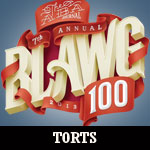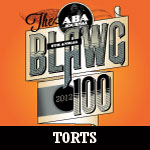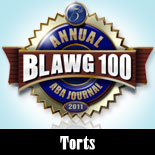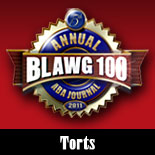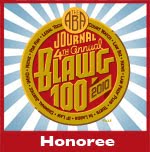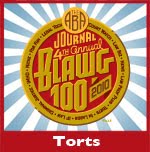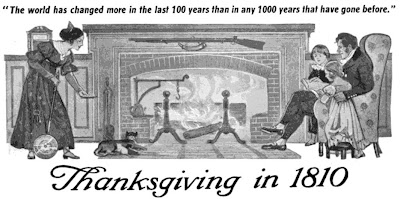Back in 2010, our fearless leader Mills Gallivan offered his thoughts about To Kill a Mockingbird in a post entitled “Bluejays and Mockingbirds.” Today, we revisit To Kill a Mockingbird, or rather, provide an update on Harper Lee, the author of one of the most brilliant legal novels ever written (in our own humble opinion).
As reported by CNN, Lee is suing the Monroe County Heritage Museum for trademark infringement. As quoted by CNN, the lawsuit makes the following claims:
“The museum seeks to profit from the unauthorized use of the protected names and trademarks of ‘Harper Lee’ and ‘To Kill a Mockingbird.’ It is a substantial business that generated over $500,000 in revenue for 2011, the last year for which figures are available,” said the lawsuit filed last week. “But its actual work does not touch upon history. Rather, its primary mission is to trade upon the fictional story, settings and characters that Harper Lee created.”
For its part, the museum isn’t admitting any infringement. USA Today quoted the museum’s attorney as follows:
The museum’s Birmingham attorney said the tourist attraction is within its rights to educate the public and preserve the area’s history. “It’s sad that Harper Lee’s handlers have seen fit to attack the nonprofit museum in her hometown that has been honoring her and the town’s rich history associated with that legacy for over 20 years,” [Matt] Goforth said.
Goforth further stated that “Every single statement in the lawsuit is either false, meritless, or both.” Some of the facts surrounding the case, however, appear to suggest otherwise. First, the website for the museum is tokillamockingbird.com. The gift shop is called “The Bird’s Nest” and contains lots of “Mockingbird” memorabilia, according to news reports.
The case is pending in the the Southern District of Alabama (C.A. No. 1:13-cv-490), where it was filed on October 10, 2013. Lee seeks a permanent injunction against the museum. On November 5, 2013, the museum filed a motion to dismiss for failure to state a claim. As of the date of this post, the court had set out a briefing schedule for that motion, and states that it will take up the motion on November 26. What will Lee have to prove? In order to succeed on the merits of a trademark infringement claim, a plaintiff must show that the defendant used the mark in commerce without her consent and that the unauthorized use was likely to deceive, cause confusion, or result in mistake. Davidoff & CIE, S.A. v. PLD Int’l Corp., 263 F.3d 1297, 1300-01 (11th Cir. 2001). Seven factors are considered as to the likelihood of confusion: (1) type of mark; (2) similarity of mark; (3) similarity of the products the marks represent; (4) similarity of the parties’ retail outlets and customers; (5) similarity of advertising media; (6) defendant’s intent; and (7) actual confusion. Frehling Enters. v. Int’l Select Group, Inc., 192 F.3d 1330, 1335 (11th Cir.1999). Of these, the type of mark and the evidence of actual confusion are the most important. Aronowitz v. Health-Chem Corp., 513 F.3d 1229, 1239 (11th Cir. 2008). Federal courts may grant permanent injunctions where infringement is found to have occurred in order to prevent further infringing use of a mark, and such injunctions should be designed to keep the former infringers a safe distance away from the protected mark. Id. at 1242.
This lawsuit is getting a lot of attention from the media world, and we are also interested in the outcome. We’ll follow along with everyone else, and let you know of any developments.





